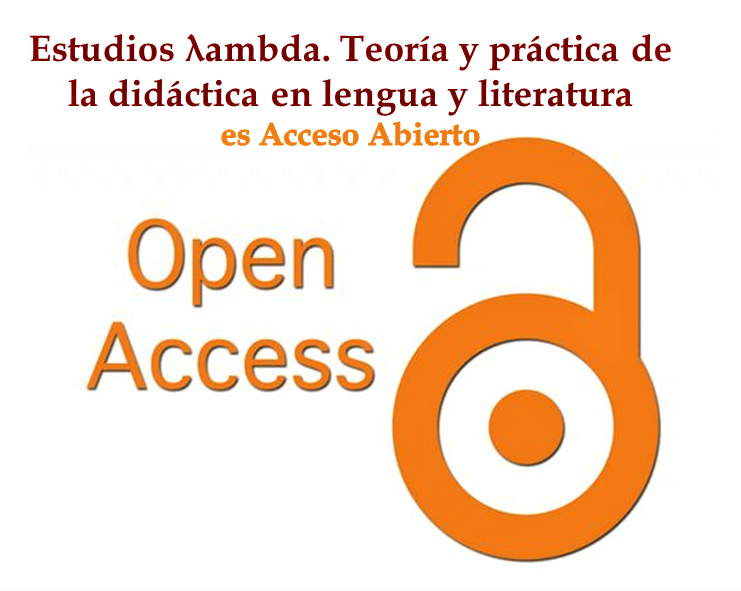Teaching of Writing and Development of Metalinguistic Competences
Teaching of Writing and Development of Metalinguistic Competences
DOI:
https://doi.org/10.36799/el.v1i1.24Keywords:
Teaching writing, paragraph structure, metalinguistic skillsAbstract
The aim of this study is to show how metalinguistic skills and communicative competence of teenagers from first semester (out of six) are developed through a writing strategy based on paragraph structures. The study is based on the theoretical frames of Jakobson (1962) regarding a target language and a metalanguage; the teaching strategy is based on Serafini’s proposals (1996), who presents the teaching of writing, first as a process (prewriting, writing and revision); and second, that of writing itself, with eight types of paragraph structures (enumerative, concept development, sequencing, comparative, problem/solution, cause-effect, introduction and closing). The method used in the study is action research in the classroom. We show the case of a 15 year old student from high school, case in which a teaching strategy focuses on writing training in basic language structures: from the simple sentence, to paragraph, and then to the text structure. The case described presents a meta-linguistic competence regarding the monitoring of traditional grammar and textual grammar structures; the student writes paragraphs with cohesion and coherence, using differentiated intermediate punctuation; he uses connectors as a form of interfrastic cohesion, controlling and monitoring the length of about 20 words statements as a communicative way with little subordination; he shows awareness in managing his own discursive forms of the texts he writes, especially macrostructure: introduction, development and closing.
Downloads
References
Backhoff, Eduardo ; Norma Larrazolo y Felipe Tirado. Habilidades verbales y conocimientos del español de estudiantes egresados del bachillerato en México. Revista de Educación Superior. 40.160. (2011): 9-27. http://www.redalyc.org/articulo.oa?id=60422569001.
Cassany, Daniel; Martha Luna y Glòria Sanz. Enseñar lengua. Madrid: Graò. 1994.
Cassany, Daniel. La cocina de la escritura. Barcelona: Anagrama. 1996.
Colina, Carlos. El lenguaje de la red, hipertexto y posmodernidad. 2002.
http://redalyc. uaemex.mx/redalyc /src/inicior/ArtPdfRed.jsp?iCve=13209404.
Flórez, Rita; María Cristina Torrado, Ingrid Arévalo, Carol Mesa, Sandra Mondragón y Carolina Pérez. “Habilidades metalingüísticas, operaciones metacognitivas y su relación con los niveles de competencia en lectura y escritura: un estudio exploratorio”. Forma y función. 18 (2005): 15-44. http://www.scielo.org.co/pdf/fyf/n18/F&F%2018.pdf# page=15.
Hernández, Gregorio. (2009). “Escritura académica y formación de maestros ¿por qué no acaban la tesis?” Tiempo de Educar, 10.19. (2009): 11-40 http://www.redalyc.org/ articulo.oa? id=31113164002.
Jakobson, Roman. “Studies in Linguistics and Philology”. Metalanguage as a Linguistic Problem Selected Writings. Vol. 7. Berlin, Amsterdam, New York: Mouton. 1985.
Moreno, Víctor. “La escritura como estímulo de la lectura”. Textos de didáctica de la lengua y de la literatura. núm. 44. (2007): 69-78. (Tomado del material del Diplomado de lectura de FLACSO). https://cultivandolectores.files.wordpress.com/.../la-escritura-como-estc3a
Serafini, María Teresa. Cómo se escribe. Madrid: Paidós. 1996.
Wanda, Hedrick. “No Writing Allowed! This Is a Reading Class”. Voices from the Middle. 16.4. (2009): 56-57.http://eric.ed.gov/?q=teaching+writing+first+mother+language&ff1= subWriting+Skills&ff2=subLanguage+Arts&id=EJ842401.
Downloads
Published
How to Cite
Issue
Section
License
El autor o autores conservan en todo momento sus derechos morales y patrimoniales sobre la obra; la obra no se puede alterar, transformar o ampliar; siempre debe reconocerse la autoría del documento referido. Ninguna de las modalidades de los documentos publicados en Estudios λambda. Teoría y práctica de la didáctica en lengua y literatura tienen fines comerciales de naturaleza alguna.



